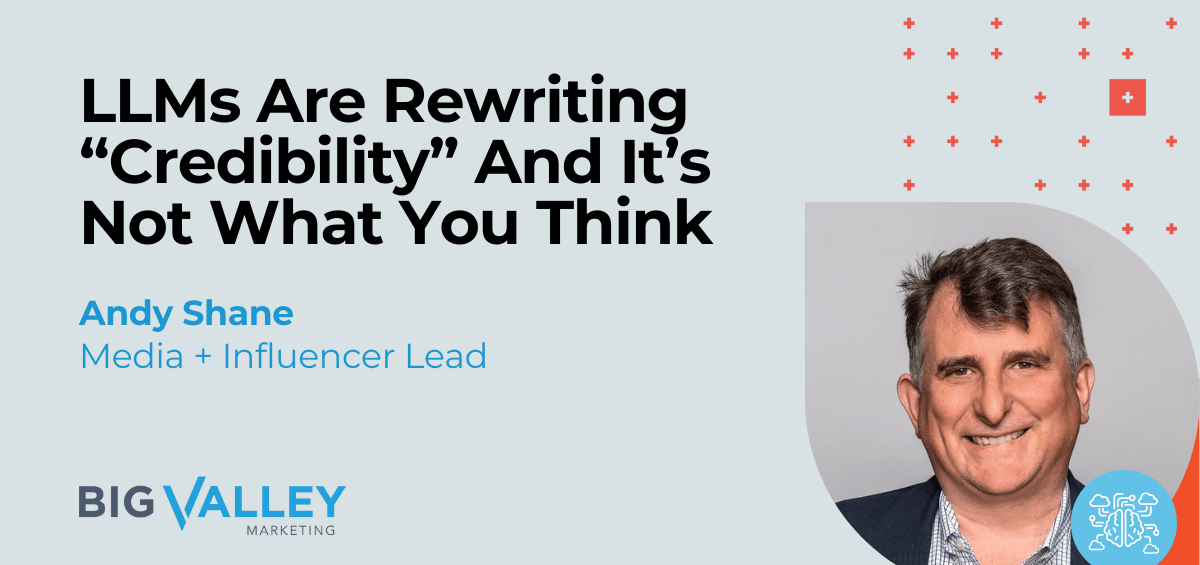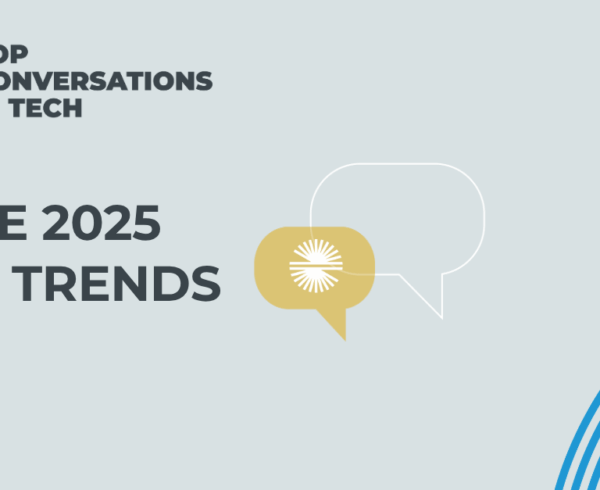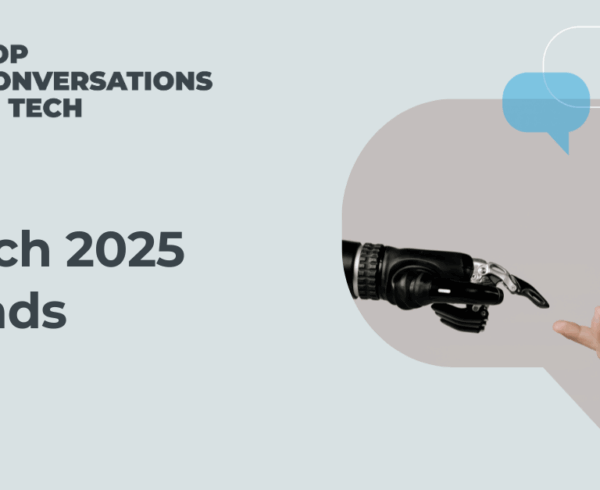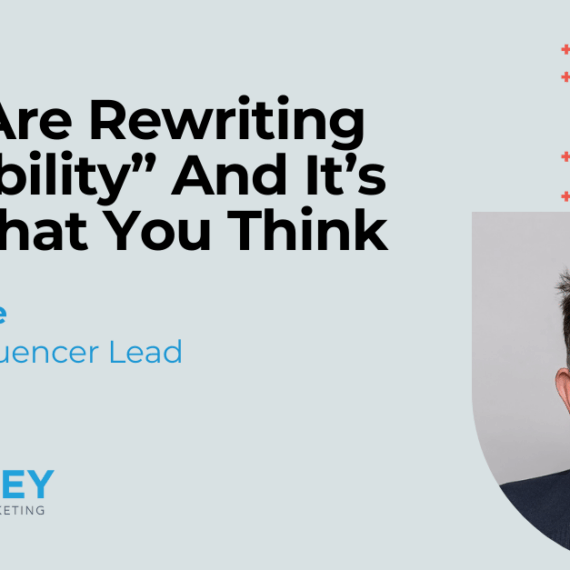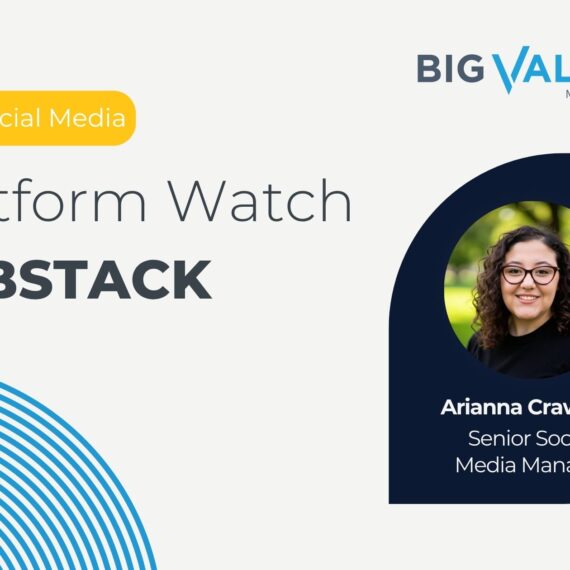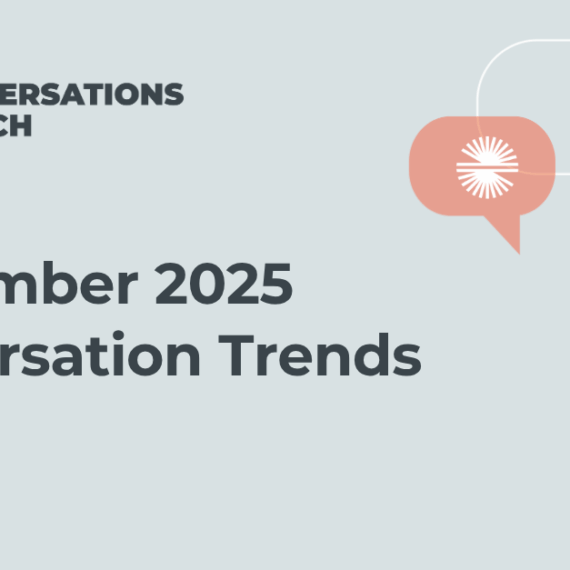A day rarely goes by without someone touting the latest AI breakthrough. One week, it’s “agentic” assistants; the next, AI browsers; then headlines about model partnerships with content platforms or publishers. The drumbeat is constant, and it’s reshaping how people find and trust information.
Recently, some of my colleagues within Big Valley’s Marketing Intelligence Practice ran an AI Engine Optimization (AEO/GEO) study across common industry questions to understand what sources LLMs actually cite. They approached it like a real audit, defining representative prompts, analyzing citations and share of voice, and comparing branded pages, reviews, niche trades, and big media. The work was meticulous, and the findings were sobering.
The uncomfortable truth: third-party editorial is minimized (for now)
How machines access and extract meaning has always been “the thing.” LinkedIn is heavily gated, so listening tools struggle with coverage Twitter dominated social listening for a decade precisely because it was open. Early search was easy to game with invisible footer text, and later, we talked about intersecting micro-moments of intent. Occam’s razor still applies: first, a model must access, then it can evaluate, then it may cite. If the structure is missing, evaluation rarely occurs.
For many B2B queries, LLMs lean heavily on structured, crawlable content such as vendor explainer pages (“What is X?”), comparison or checklist posts, review hubs like Gartner Peer Insights and G2, and user-generated sources like Reddit. Editorial citations make up a small fraction (less than 10% in this analysis) and often favor niche tech trades over major business outlets. Paywalls remain a major limiter; if the bot can’t access the content, it won’t cite it.
LLMs also do not cleanly distinguish between earned editorial and sponsored or advertorial content. If a sponsored article is open, well structured, and on topic, it can be weighted alongside, or even above, an earned piece. The same pattern shows up in reviews, where methodical and well-labeled comparison pages often outrank narrative articles because they are easier to parse and reuse. Brands can game structure right now, though it’s unclear how long that window will last—and focusing only on what you control will never be enough, because control is fleeting.
This moment should feel familiar. When SEO first reshaped discovery, algorithms minimized the value of quality journalism until the signals matured; then, social upended distribution again. Each wave redefined authority without erasing the need for credible voices. LLMs are the next iteration, favoring structure and machine-readability today, yet likely to trend back toward signals of trust, expertise, and verification over time.
Traditional signals of earned credibility – authoritative coverage, expert quotes, headline placements – are not yet fully recognized by LLMs. Visibility now depends on how well those same ideas are expressed in structured, machine-readable formats. The task is not to abandon earned media, but to translate its authority into data the machines can understand.
Why LLM answers skew
LLM answers tend to skew in two primary ways:
- Prompt shape equals answer shape. A vague prompt like “Best Zero Trust Network Access solutions?” invites generic, blended answers. A stronger prompt narrows the scope and signals source preferences. For example: “Show 2025 comparison sources that evaluate ZTNA tools with device-posture checks, Okta/Entra/Ping integration, and governed BYOD controls; prioritize review sites and technical docs; exclude vendor blogs.”
- Structured availability beats prestige. LLMs favor content they can parse reliably, including clear headings, definitions, comparison tables, explicit labels, and obvious recency signals. Vendor blogs that follow these patterns often outperform authoritative-sounding articles that are harder to interpret semantically—especially if they sit behind paywalls.
Over time, expect the same pattern we saw in search: models learning to value clarity and credibility, weighting structure without dismissing substance. The lesson stands: optimize for what is visible to machines without losing sight of what is valuable to people. Be mindful of what you ask and the intent of the tools you use; appeasement is seductive and blinding, and the words you use will shape the answers you get. You have to play ball in this ecosystem, but do not let compliance limit your ambition.
Sponsored is not neutral (and the model does not care)
When third-party links appear, they may very well be sponsored. The model is not judging editorial independence; it is assembling an answer from what it can ingest and what aligns with the topic. Review ecosystems work similarly—volume and clarity of reviews, more than brand renown, determine what surfaces. That means answer quality can be influenced, even gamed, by whoever publishes the most LLM-friendly material.
Credibility, once earned through journalistic reputation, now depends as much on structure as on substance. The “credibility layer” AI is building is not new; it echoes how algorithms once treated backlinks and meta tags. As before, quality will eventually rebalance the system, but only for teams that adapt early without abandoning the fundamentals of trust-building.
What this means for CMOs (right now)
Treat LLMs as another distribution platform, like Search and Social, with its own rules and growing pains. The winners will balance adaptability with perspective.
Structure owned content: Publish crawlable, well-structured explainer and comparison content that reflects the category definition and your POV. Make it easy for models to parse with clear headings, tables, recency stamps, and consistent naming.
Build trust with earned media: Keep building a true editorial presence. It still drives reputation and will increasingly inform LLMs as ingestion and source discrimination improve. Credibility is cyclical; each technological wave can temporarily obscure it, but it never loses its value.
Use paid with precision: This is where brands finally have real message control. Use sponsored or advertorial placements to plant clear, structured, transparent answers to high-value questions, then mirror those claims across owned and reviews. Always label sponsorships, prioritize substance over puffery, and point to third-party proof. Done well, paid becomes the accelerator that teaches both models and humans the language you want them to repeat; done poorly, it muddies trust and gets discounted.
Amplify Reviews and user-generated content (UGC): Invest in credible review programs and community visibility (Gartner Peer Insights, G2, Reddit, and others). These signals are disproportionately cited today and can reinforce authenticity when aligned with your owned and earned narratives.
Pursue cross-channel consistency: Align claims across owned pages, reviews, and third-party mentions. Contradictions increase uncertainty in LLM summaries and dilute authority.
Start small and make it repeatable: Publish one well-structured explainer on a core topic, ensure one major review site reflects the same claims, and land one fresh piece of true editorial you can reference. Track what begins to surface in LLM answers, then adjust and repeat.
For example, a cybersecurity company can publish a “What is Zero Trust?” explainer with headings and a comparison table, align G2 or Gartner Peer Insights to the same benefits, place an earned interview in a reputable trade outlet, then ask an LLM the relevant question weekly and refine until the same clear claims show up everywhere.
We’ve been through shifts like this before, and the pattern hasn’t changed: technology reshapes visibility, but credibility still has to be earned. Adapt your structure without abandoning substance, and you can lead with authority in the AI age.
This post draws on a presentation and follow-on conversations with Taylor Voges, Forest Taylor, and Jun Quintana members of Big Valley Marketing’s Market Intelligence Practice.

